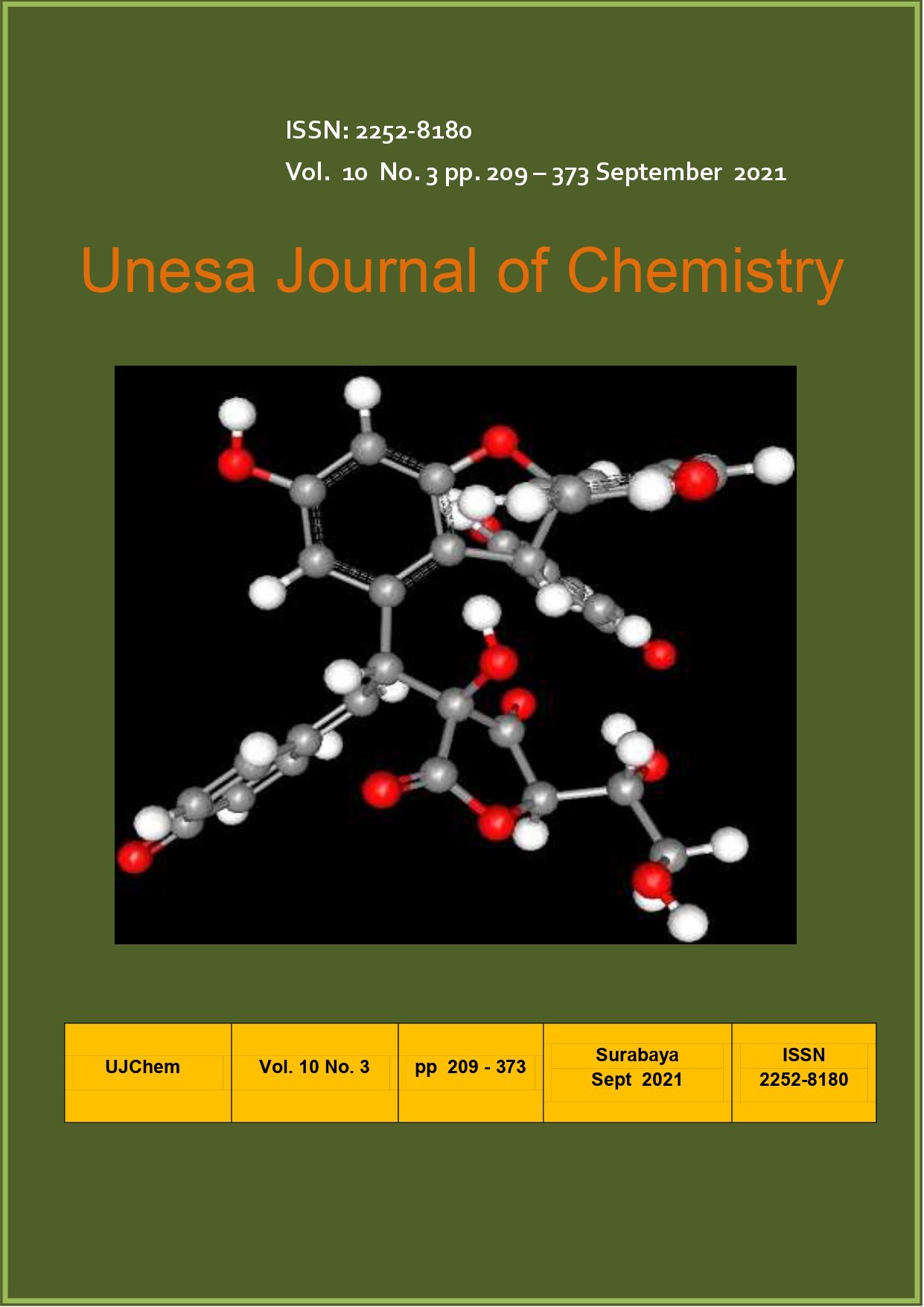PENGARUH SIRUP UMBI YAKON TERHADAP BIOAVAILABILITAS FE (ZAT BESI) RATTUS NORVEGICUS THE EFFECT OF YACON ROOTS SYRUP TO FE BIOAVAILABILITY (IRON) RATTUS NORVEGICUS
Main Article Content
Abstract
Yacon roots syrup is a processed product with high FOS content. FOS is a prebiotic compound that can increase the production of SCFA. SCFA can cause the pH in the colon to decrease which results in the bioavailability of Fe. The purpose of this research were to determine the effect of Yakon roots syrup supplementation on the bioavailability of Fe and the relationship between SCFA and Fe bioavailability. There were 43 R. norvegicus that divided into 3 treatment groups, namely the intake of yacon roots syrup supplements, commercial FOS, and water with a treatment duration of 48 days. The feces from each group were dry digested and then tested using SSA to determine the Fe content. Data were analyzed through the Aova one way, post hoc, and Pearson product moment correlation with a significance degree of 5%. The results showed that the significance value of Yakon roots syrup on Fe bioavailability was 0.034 and SCFA for Fe bioavailability had a coefficient correlation of 0.834. This can be interpreted yacon roots syrup supplementation could increase and significantly affect the bioavailability of Fe and there is a strong relationship between total SCFA levels and the average percentage of Fe bioavailability. The higher the SCFA levels in the colon, the higher the bioavailability of Fe.
Key words : Fe bioavailability, FOS, yacon roots, SCFA

